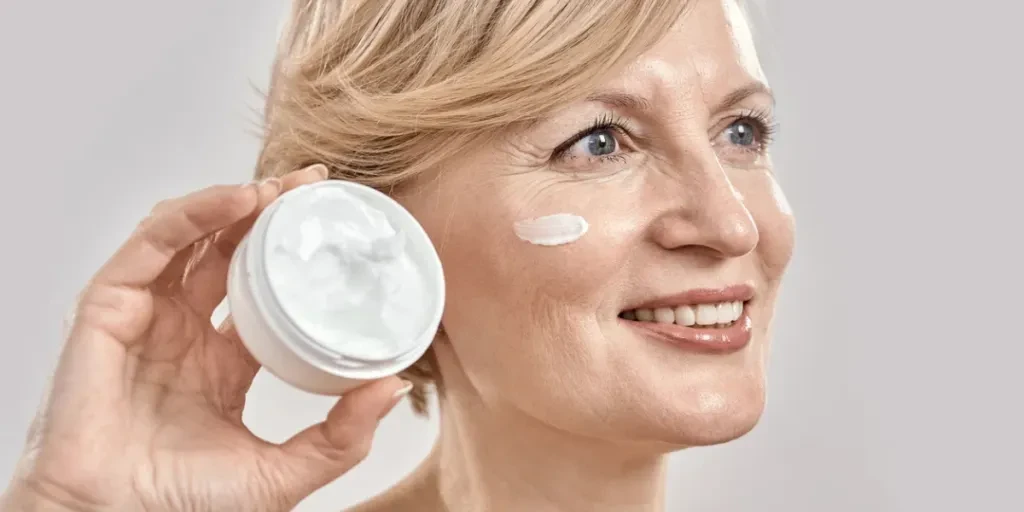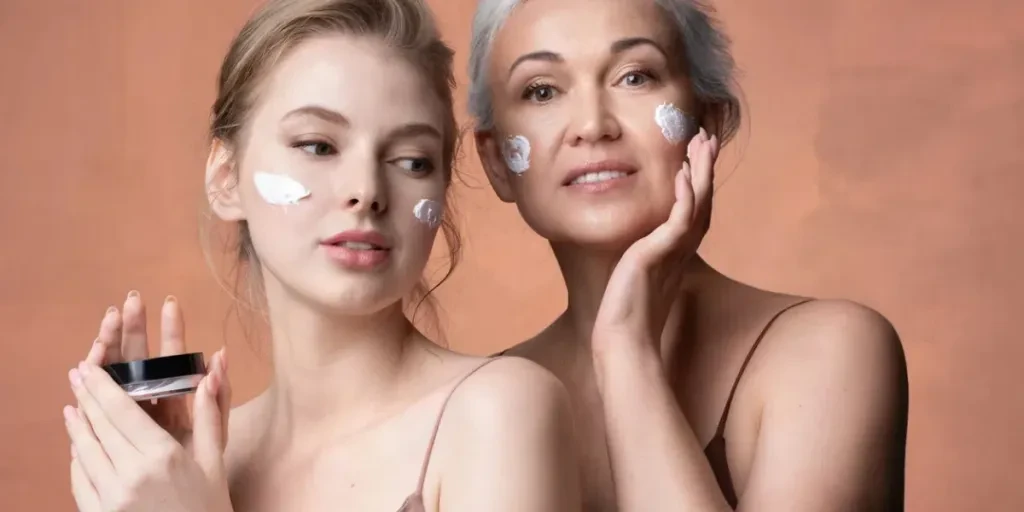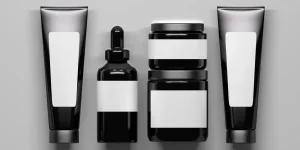In the ever-evolving landscape of beauty and personal care, pigmentation creams have emerged as a pivotal solution for those seeking to address skin discoloration and achieve a more even complexion. As we step into 2025, the demand for these creams continues to soar, driven by a combination of social media trends, rising consumer awareness, and advancements in skincare technology. This guide delves into the essentials of pigmentation creams, their growing popularity, and the market potential that makes them a lucrative choice for business buyers.
Table of Contents:
– Understanding Pigmentation Creams and Their Rising Popularity
– Exploring Popular Types of Pigmentation Creams
– Addressing Common Consumer Pain Points
– Innovations and New Products in the Market
– Wrapping Up: Key Takeaways for Business Buyers
Understanding Pigmentation Creams and Their Rising Popularity

What Are Pigmentation Creams and Why They Matter
Pigmentation creams are specialized skincare products designed to reduce the appearance of dark spots, hyperpigmentation, and uneven skin tone. These creams often contain active ingredients such as hydroquinone, niacinamide, and vitamin C, which work to inhibit melanin production and promote skin cell turnover. The significance of pigmentation creams lies in their ability to cater to a wide range of skin concerns, making them a versatile addition to any skincare routine.
Social Media Trends and Hashtags Driving Demand
The influence of social media on beauty trends cannot be overstated. Platforms like Instagram and TikTok have become breeding grounds for skincare enthusiasts and influencers who share their journeys and product recommendations. Hashtags such as #SkincareRoutine, #Hyperpigmentation, and #GlowUp have garnered millions of posts, highlighting the widespread interest in achieving flawless skin. This digital buzz has significantly contributed to the growing demand for pigmentation creams, as consumers seek products that promise visible results and are endorsed by their favorite influencers.
Market Potential and Growth Areas
The market potential for pigmentation creams is substantial, with the global cosmetic pigments market projected to grow by USD 272.1 million from 2023 to 2028, according to a professional report. This growth is fueled by increasing disposable incomes, changing lifestyles, and the rising popularity of multifunctional beauty products. Additionally, the demand for anti-pollution and anti-aging skincare solutions is on the rise, further driving the need for effective pigmentation creams.
Geographically, the Asia-Pacific region represents a significant market for pigmentation creams, driven by cultural beauty standards and a high prevalence of hyperpigmentation issues. Countries like China, India, and Japan are key players, with consumers willing to invest in high-quality skincare products. In North America and Europe, the market is bolstered by a strong focus on skincare innovation and the influence of beauty standards promoted through social media.
In conclusion, the pigmentation cream market is poised for continued growth, offering ample opportunities for business buyers to tap into this lucrative segment. By staying attuned to social media trends and consumer preferences, retailers and wholesalers can strategically position themselves to meet the rising demand for these essential skincare products.
Exploring Popular Types of Pigmentation Creams

Natural and Organic Options: Benefits and Drawbacks
Natural and organic pigmentation creams have gained significant traction in recent years, driven by consumer demand for cleaner and more sustainable beauty products. These creams often incorporate plant-based ingredients such as aloe vera, turmeric, and licorice root extract, which are known for their skin-brightening properties. For instance, the Jergens Melanin Glow Moisturizing Glow Enhancer for Face utilizes coconut water and hyaluronic acid to enhance the skin’s natural glow while providing hydration. The appeal of these products lies in their minimal use of synthetic chemicals, making them suitable for sensitive skin and reducing the risk of adverse reactions.
However, natural and organic pigmentation creams are not without their drawbacks. One of the primary challenges is the variability in ingredient potency, which can lead to inconsistent results. Additionally, these products may have a shorter shelf life due to the absence of preservatives, which can affect their efficacy over time. Business buyers must also consider the higher cost associated with sourcing high-quality natural ingredients, which can impact pricing strategies and profit margins. Despite these challenges, the growing consumer preference for eco-friendly and sustainable products presents a lucrative opportunity for brands to innovate and differentiate themselves in the market.
Chemical-Based Creams: Ingredients and Effectiveness
Chemical-based pigmentation creams are formulated with active ingredients such as hydroquinone, retinoids, and alpha hydroxy acids (AHAs), which are known for their potent skin-lightening and exfoliating properties. Products like the La Roche-Posay Mela B3 Serum, powered by the groundbreaking ingredient Melasyl™, demonstrate the effectiveness of chemical formulations in targeting dark spots and discoloration. These creams often deliver faster and more noticeable results compared to their natural counterparts, making them a popular choice among consumers seeking quick solutions for hyperpigmentation.
The effectiveness of chemical-based creams largely depends on the concentration and combination of active ingredients. For example, the Dermalogica PowerBright Dark Spot Peel combines 12% AHA + PHA for exfoliation and dark spot reduction, along with tranexamic acid and niacinamide for improving skin tone. While these products can provide significant improvements in skin appearance, they may also pose a higher risk of side effects such as irritation, redness, and increased sensitivity to sunlight. Business buyers should ensure that these products comply with local regulatory standards and provide clear usage instructions to minimize potential adverse effects.
Consumer Feedback: What Buyers Are Saying
Consumer feedback plays a crucial role in shaping the perception and success of pigmentation creams in the market. Positive reviews often highlight the effectiveness of products in reducing dark spots and improving overall skin tone. For instance, users of SVR’s AMPOULE CLAIRIAL have reported visible results in as little as two weeks, with long-term benefits observed after 56 days of use. Such testimonials can significantly boost a product’s credibility and drive sales.
Conversely, negative feedback typically revolves around issues such as skin irritation, lack of visible results, and high price points. Business buyers should pay close attention to these concerns and consider them when selecting products for their inventory. Addressing common pain points through product improvements and transparent communication can enhance customer satisfaction and loyalty. Additionally, leveraging consumer feedback to refine marketing strategies and product formulations can help brands stay competitive in the ever-evolving beauty industry.
Addressing Common Consumer Pain Points

Sensitivity and Allergic Reactions: Solutions and Alternatives
Sensitivity and allergic reactions are common concerns among consumers using pigmentation creams, particularly those with sensitive skin. To address these issues, brands can offer formulations that are dermatologist-tested and free from common irritants such as parabens, sulfates, and artificial fragrances. For example, the CeraVe Skin Renewing Vitamin C Eye Cream is formulated with 5% vitamin C and hyaluronic acid, providing brightening benefits while being gentle on the skin. Offering hypoallergenic options and clearly labeling products as suitable for sensitive skin can help mitigate the risk of adverse reactions and build consumer trust.
Efficacy Concerns: Ensuring Visible Results
Ensuring visible results is paramount for the success of pigmentation creams. Consumers often seek products that deliver quick and noticeable improvements in skin tone and texture. Brands can address efficacy concerns by incorporating clinically proven ingredients and conducting rigorous testing to validate product claims. The Proactiv Post Blemish 10% Vitamin C Serum, for instance, combines vitamin C with licorice root and centella asiatica to provide impressive brightening benefits and combat hyperpigmentation. Highlighting clinical studies and user testimonials in marketing materials can further reinforce the product’s effectiveness and attract discerning buyers.
Price vs. Quality: Finding the Right Balance
Balancing price and quality is a critical consideration for business buyers when selecting pigmentation creams. While premium products often come with higher price tags, they may offer superior formulations and more reliable results. However, there is also a growing demand for affordable yet effective options. Brands like Wildcraft, which offers the Pure Radiance Vitamin C Eye Cream at an accessible price point, demonstrate that it is possible to deliver high-quality products without compromising affordability. Business buyers should evaluate the cost-benefit ratio of each product and consider offering a range of options to cater to different consumer segments.
Innovations and New Products in the Market

Breakthrough Ingredients and Technologies
The beauty industry is constantly evolving, with new ingredients and technologies emerging to address pigmentation concerns more effectively. One such innovation is the use of glutathione, a master antioxidant known for its skin-brightening properties. According to a professional report, global searches for glutathione increased by 22% in 2024, highlighting its growing popularity. Brands like Auro Skincare and Auro Wellness offer glutathione-infused cosmetics and supplements to manage the impact of stress on the skin. Incorporating cutting-edge ingredients and technologies can help brands stay ahead of the competition and meet the evolving needs of consumers.
Emerging Brands to Watch
Several emerging brands are making waves in the pigmentation cream market with their innovative products and unique value propositions. For example, brownkind, a dermatologist-founded brand, offers products tailored to address the signs of aging in skin of color. Their product line includes the Glow Moisturizer, Cleanser, Vitamin C Serum, Dark Spot Corrector, and Night Cream, all designed to support and celebrate melanin-rich skin. Another notable brand is Kanu Skincare, which creates problem-solving formulas for hyperpigmentation and acne scars, specifically targeting women of color. Keeping an eye on these emerging brands can provide valuable insights into market trends and potential opportunities for collaboration or investment.
Sustainable and Eco-Friendly Options
Sustainability is becoming an increasingly important factor for consumers when choosing beauty products. Brands that prioritize eco-friendly practices and packaging can appeal to environmentally conscious buyers. For instance, Fluency Beauty’s Multifunctional Beauty Sticks use 100% plant-derived pigments and biodegradable packaging, supporting regenerative agriculture. Similarly, True Botanicals’ Chebula Multi-Corrective Eye Patches are 100% biodegradable, dissolving under warm water after use. Emphasizing sustainability in product development and marketing can help brands attract a growing segment of eco-conscious consumers and differentiate themselves in a crowded market.
Wrapping Up: Key Takeaways for Business Buyers

In conclusion, the pigmentation cream market offers a diverse range of products, each with its own set of benefits and challenges. Business buyers should carefully evaluate the ingredients, efficacy, and consumer feedback of both natural and chemical-based options to make informed purchasing decisions. Addressing common consumer pain points, such as sensitivity and efficacy concerns, can enhance customer satisfaction and loyalty. Staying abreast of innovations and emerging brands, as well as prioritizing sustainability, can provide a competitive edge in this dynamic market. By considering these factors, business buyers can curate a product portfolio that meets the evolving needs of their customers and drives long-term success.




